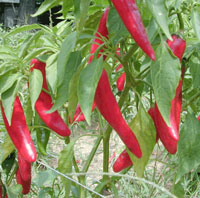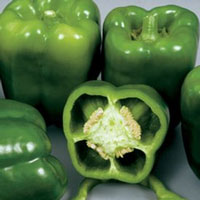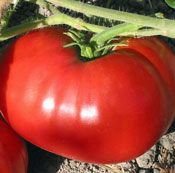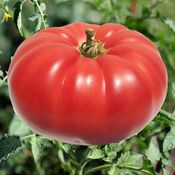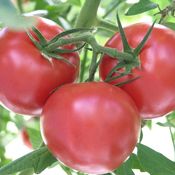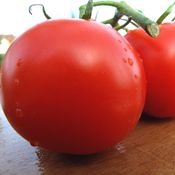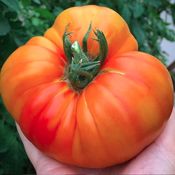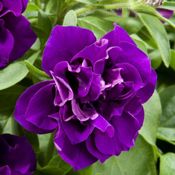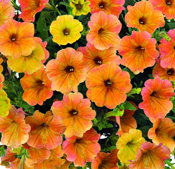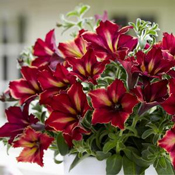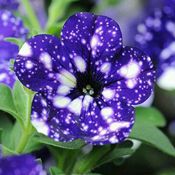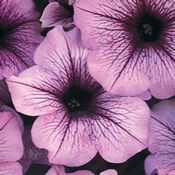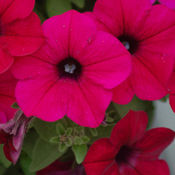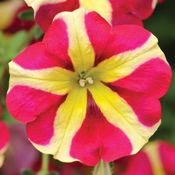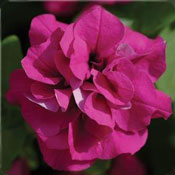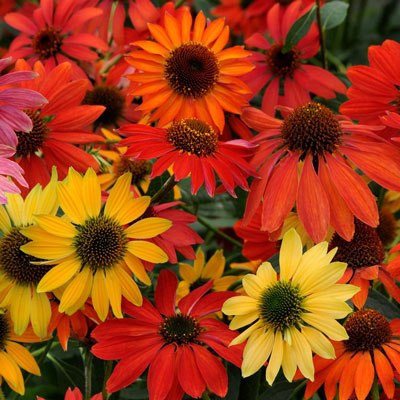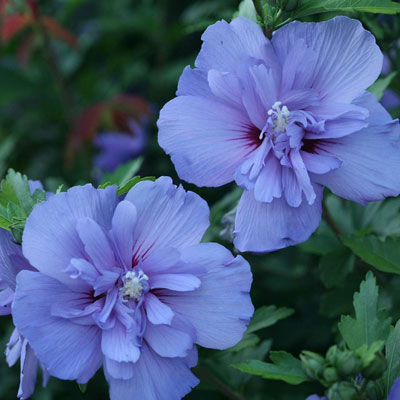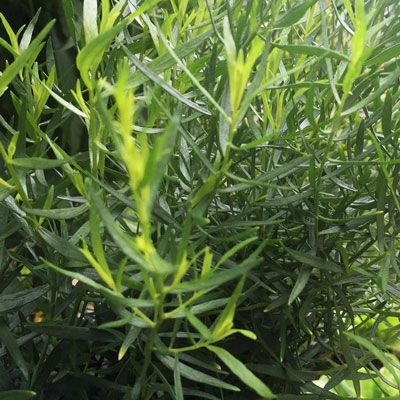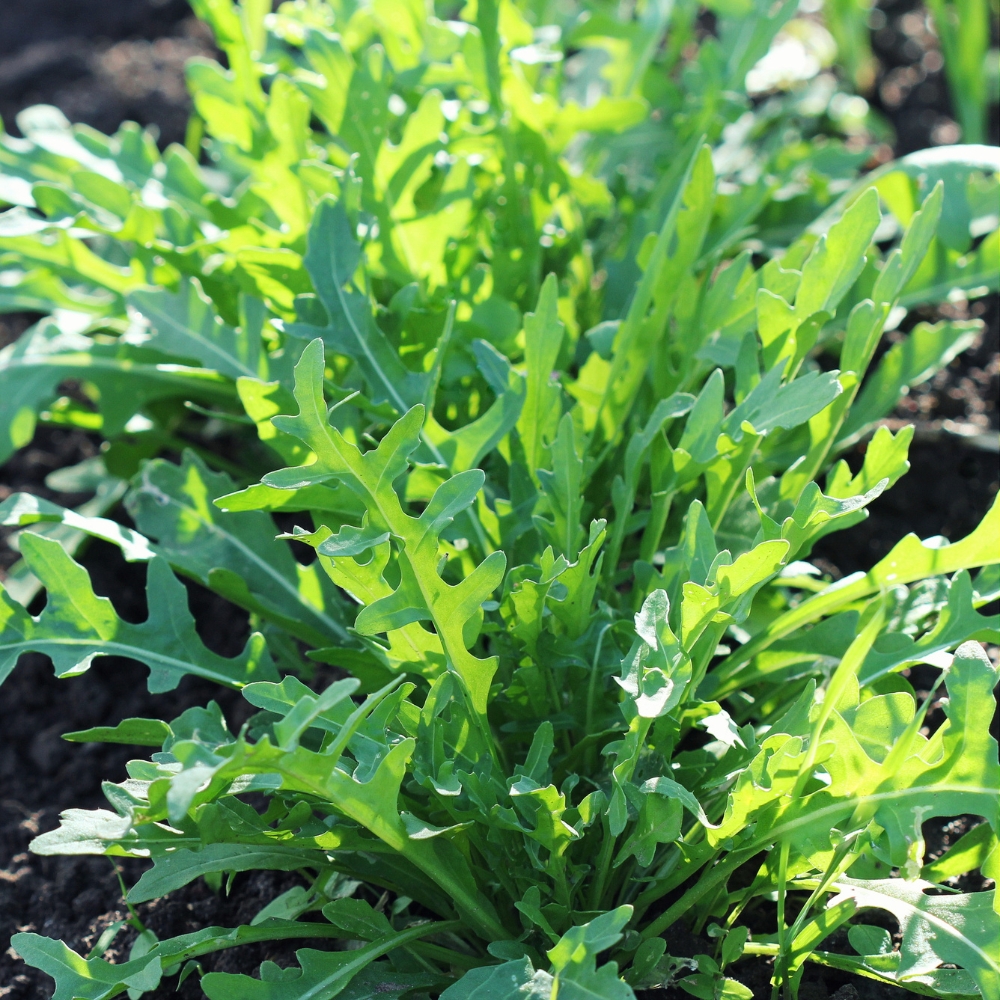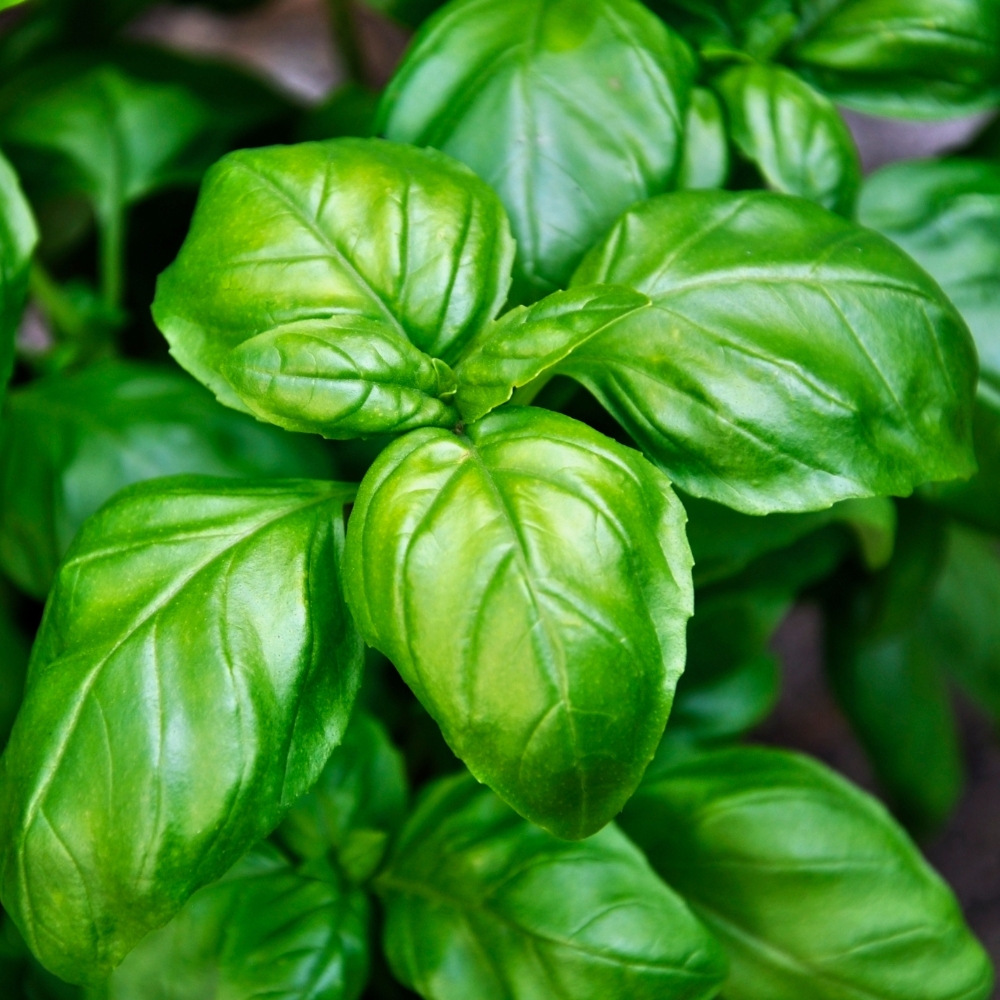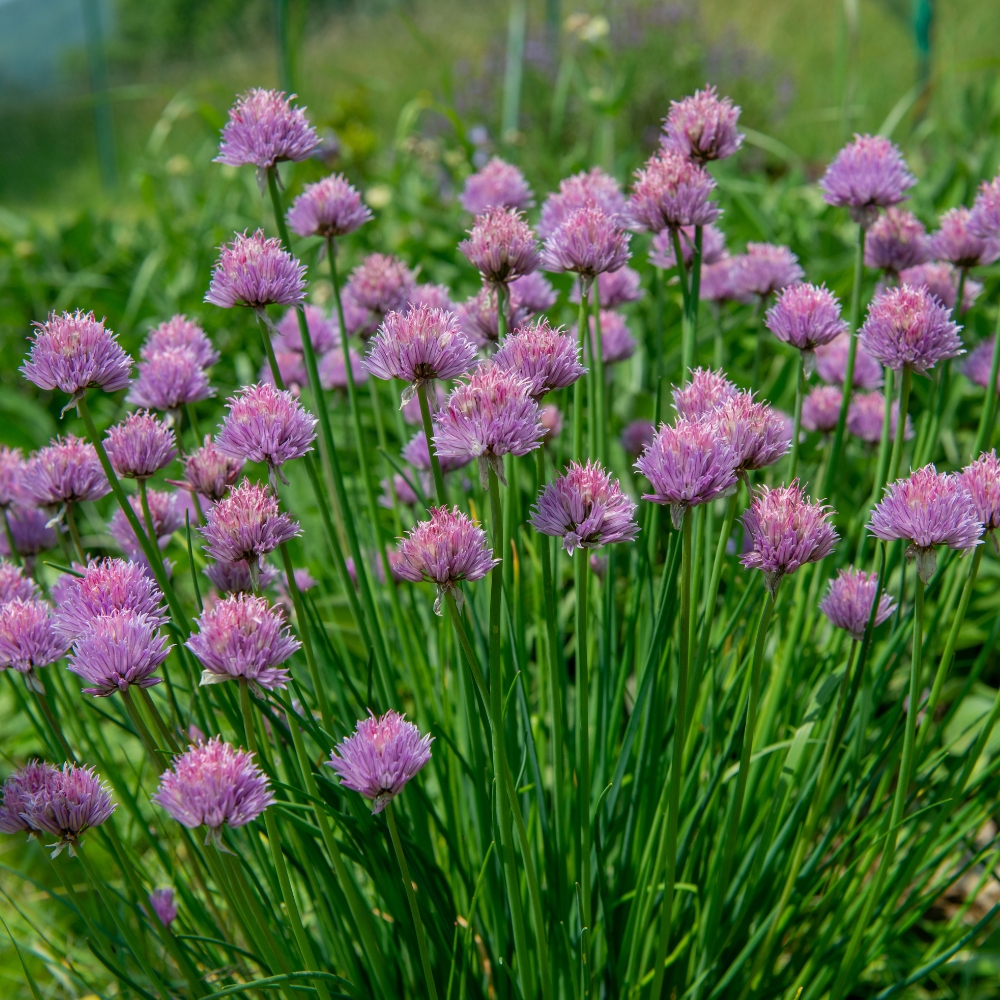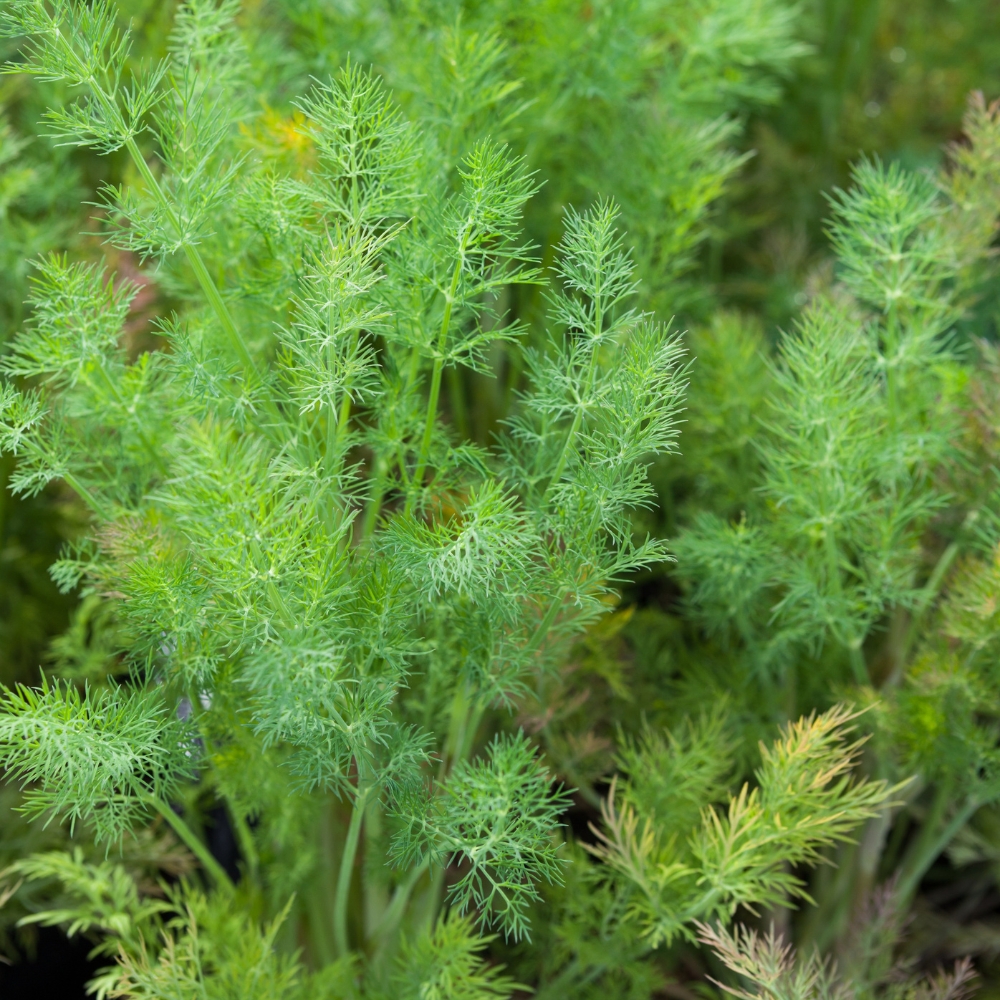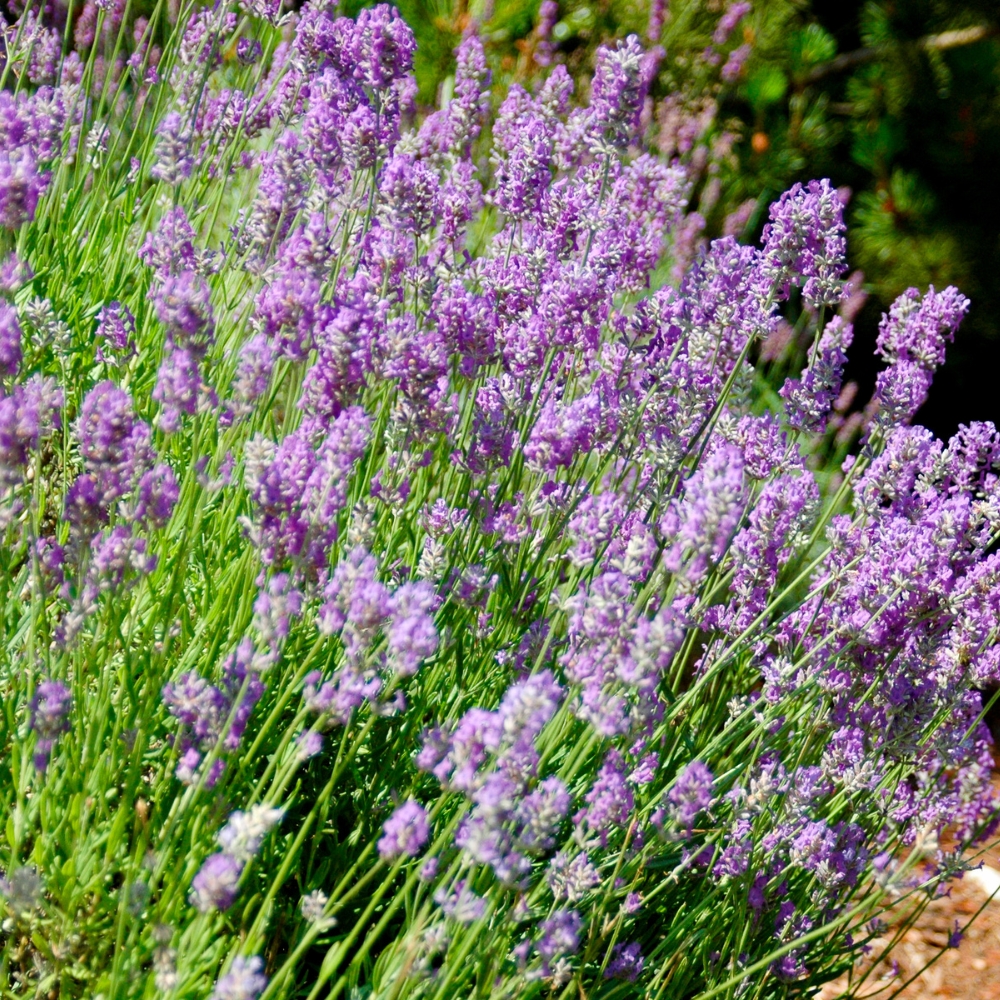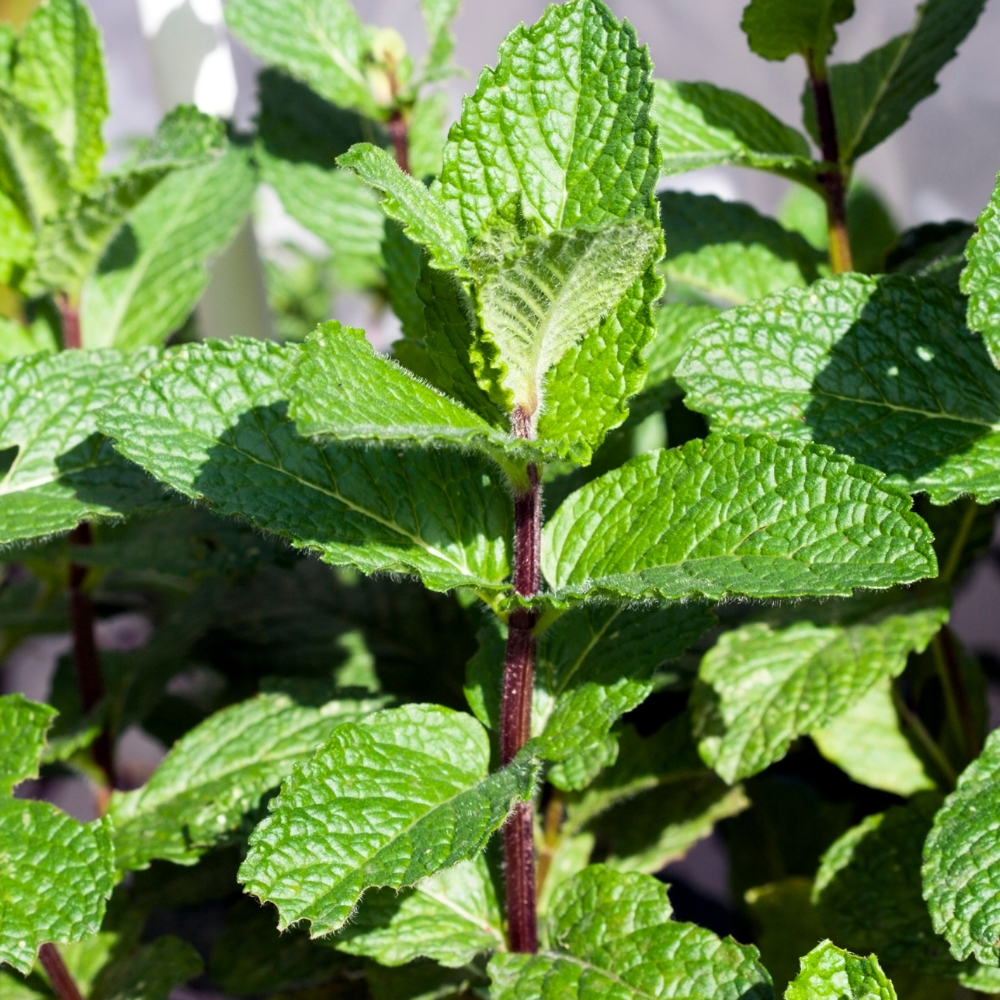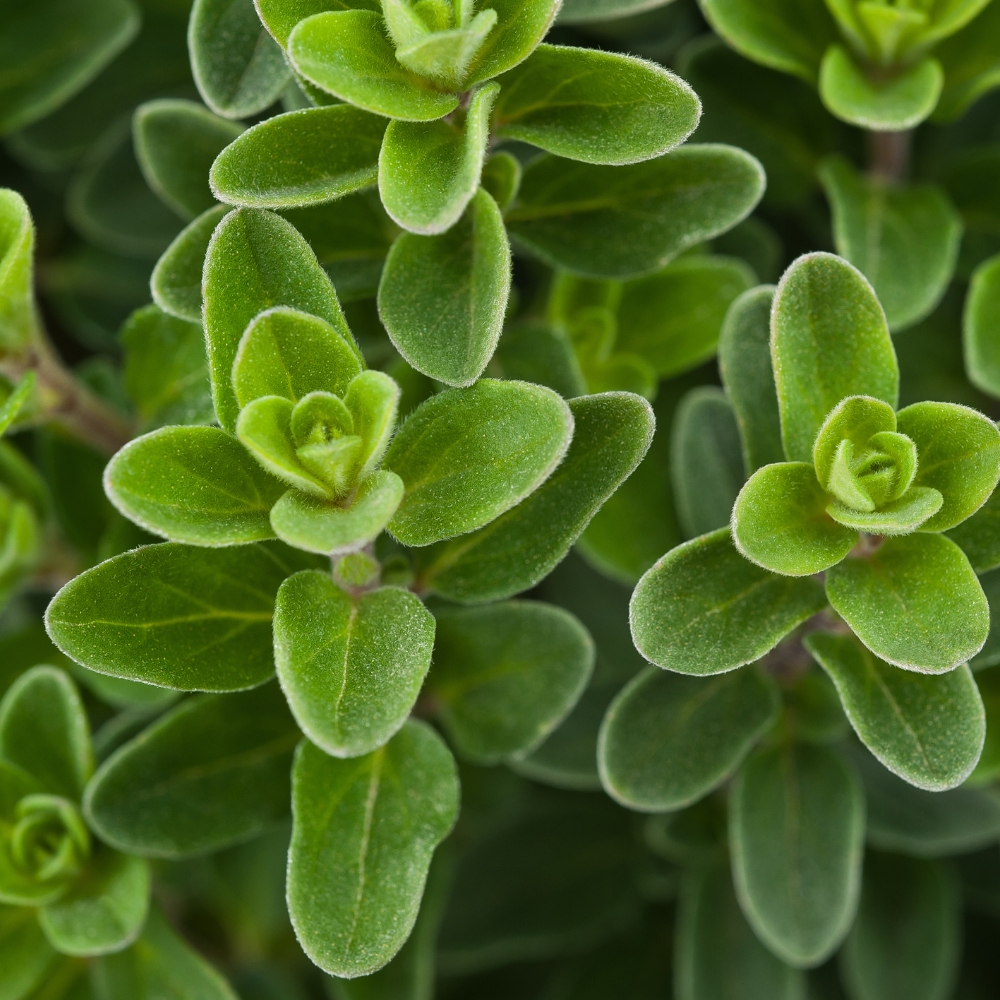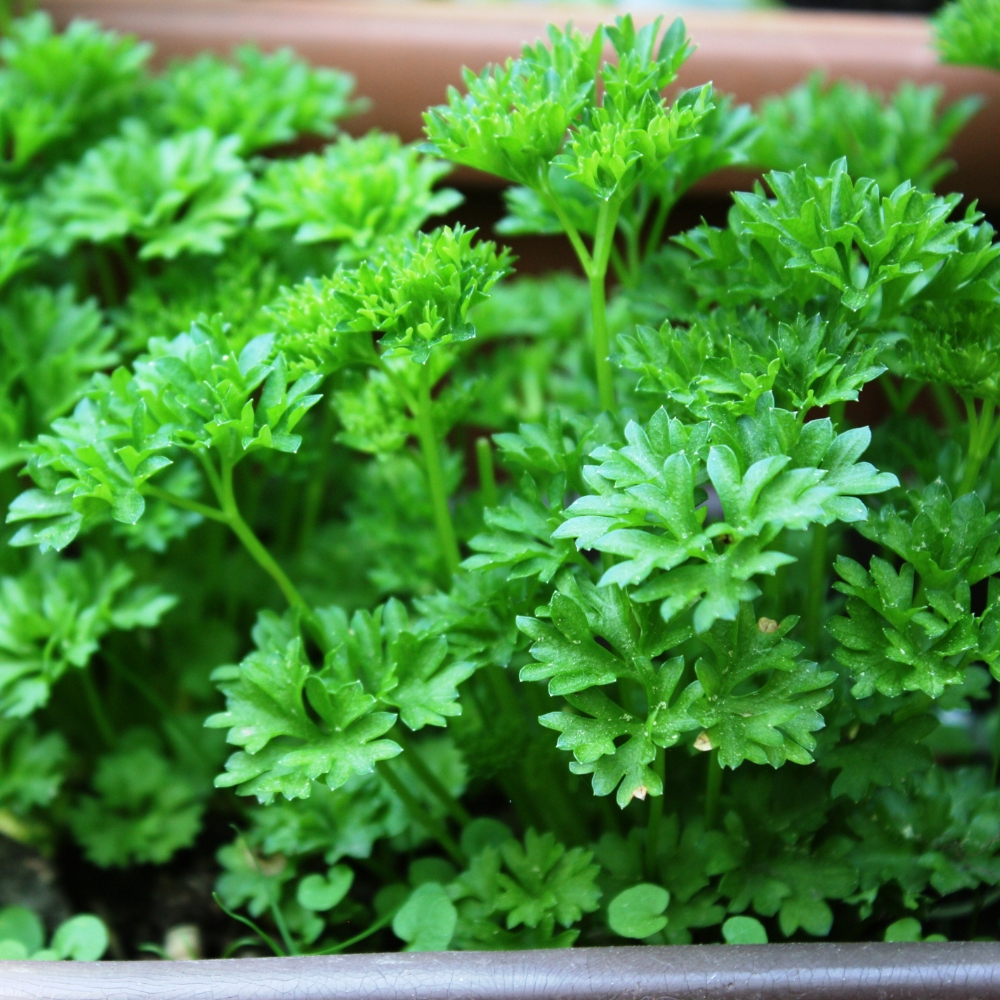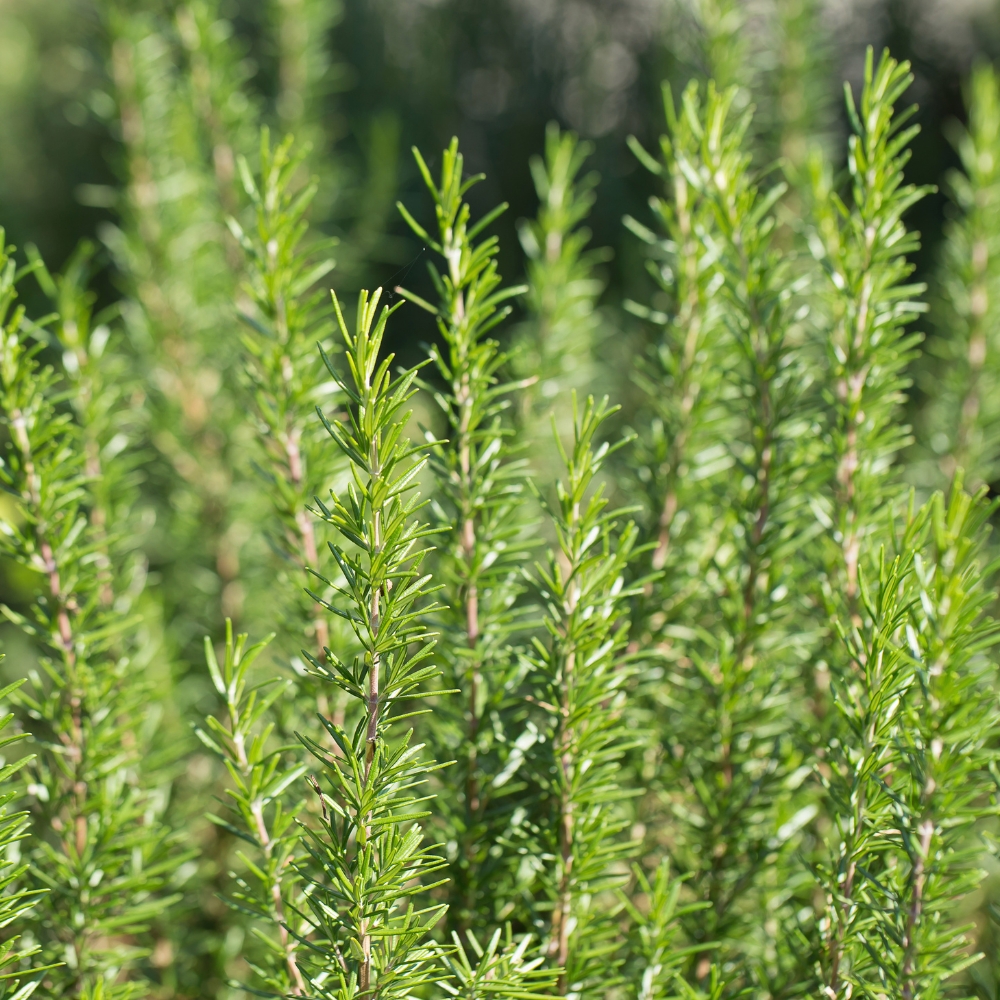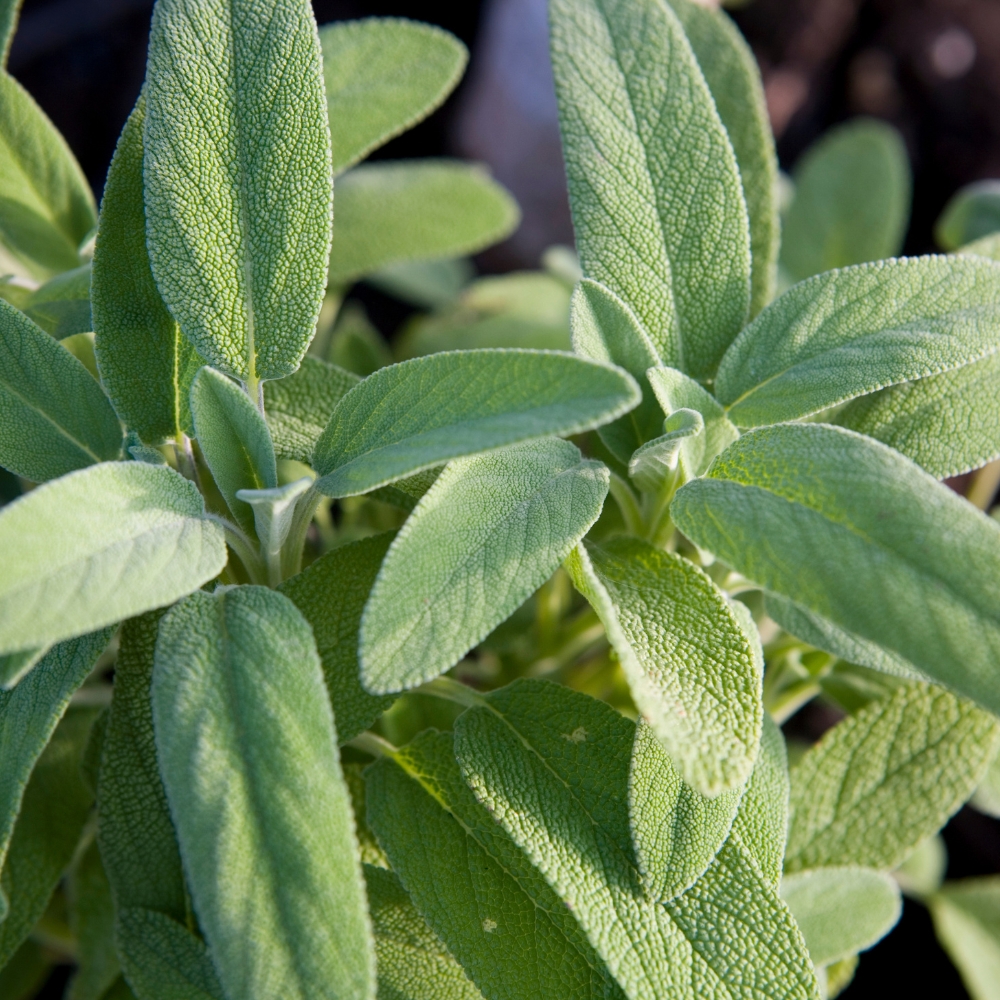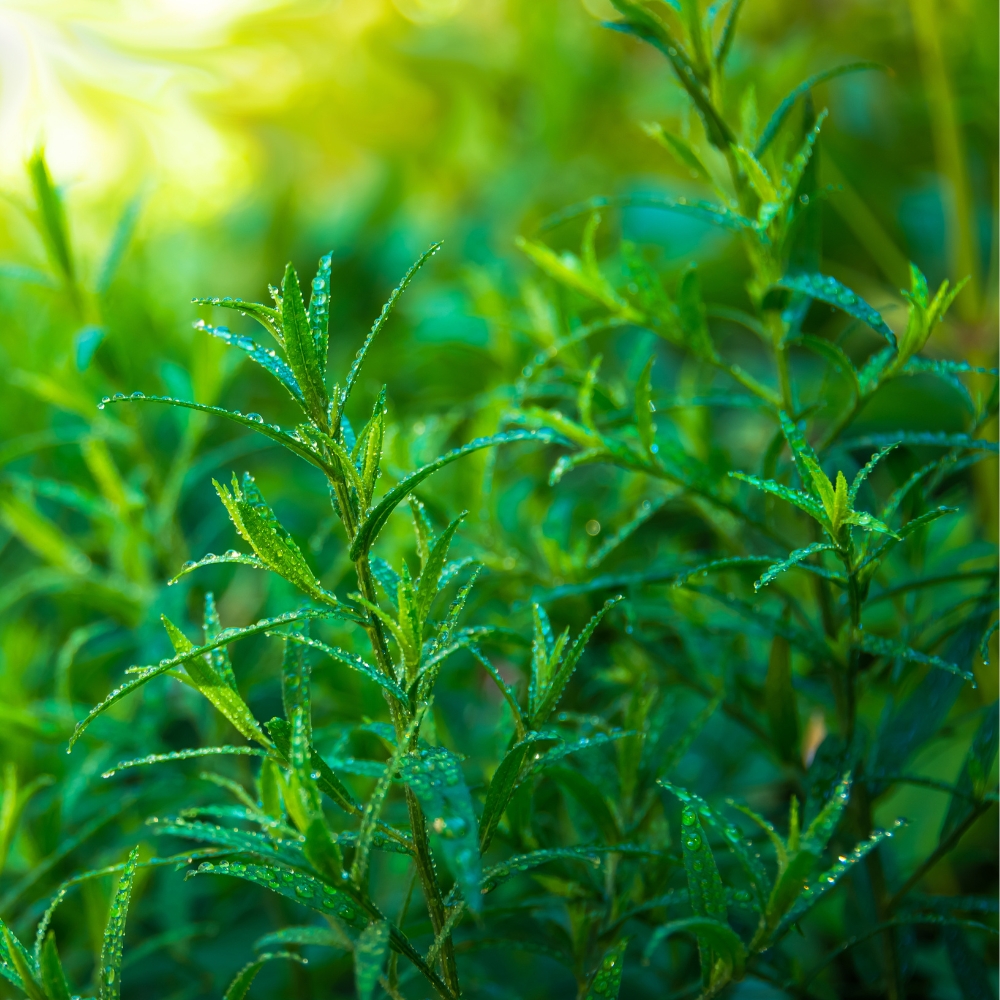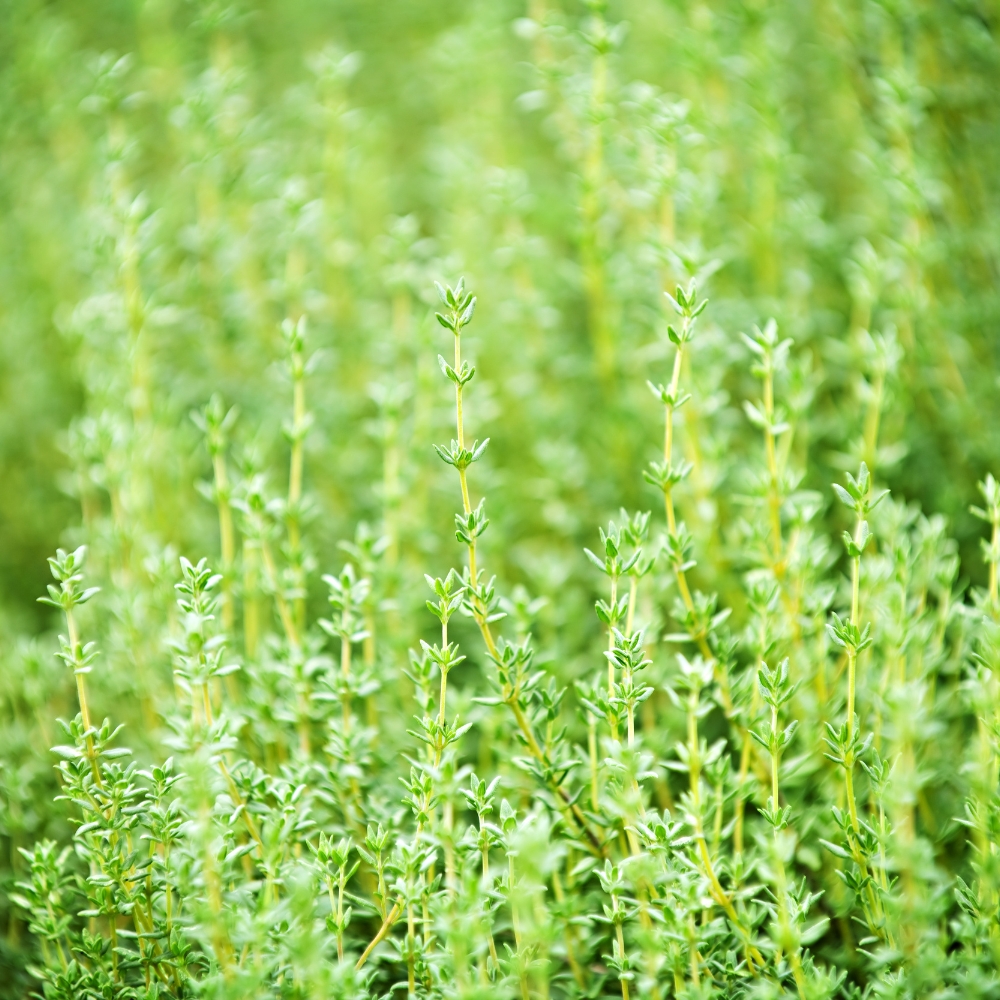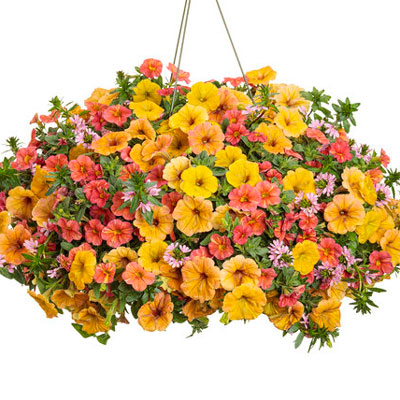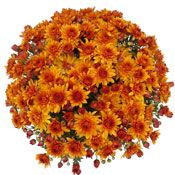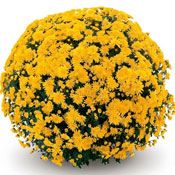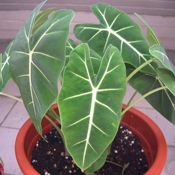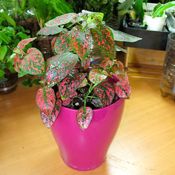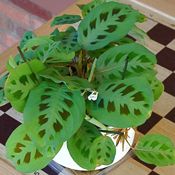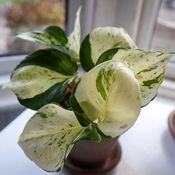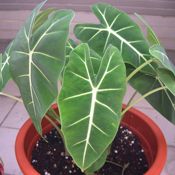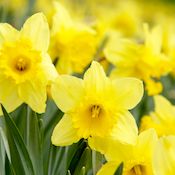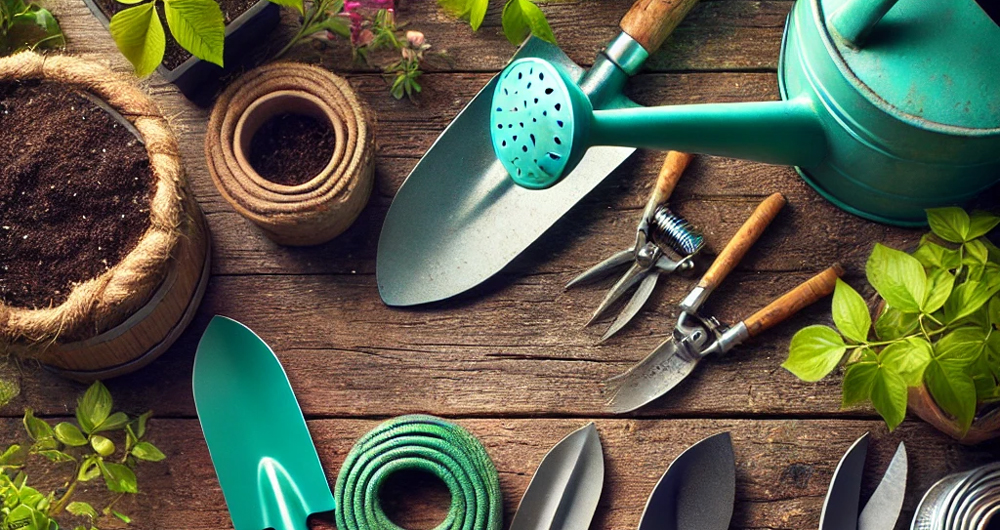
Every year there are hundreds of thousands of novice and expert gardeners running to the store to get those gardening tools that either they don’t have or never have had…or…to replace those that broke last year or have rusted over the winter. Rushing to the store in the midst of planting your vegetable garden, landscape design, or spring plant maintenance is usually a real bother and can even ruin your gardening mood. Once you’re on a roll in the soil, who wants to take that break to run to the store, which will likely take more time than you thought, then have to go back to your garden to keep on going? That inconvenience has definitely disrupted the ‘roll’!
This article is designed to help you plan ahead for your spring gardening season. It is likely that you will spend less if you plan ahead and you will have everything you need before you start digging in the soil or pruning those bushes or shrubs.
It is true that having the right tool for the job will make your gardening tasks that much easier. So, take stock of your garden and landscape and make a list of those tools that are necessary, and those that are not necessarily necessary, but would make your job that much easier. You don’t have to buy them all at once; spread your purchases out over the winter months and you will have more money available for purchasing new plants in the spring! That is a win-win!
We highly recommend that you not spend cheaply. In this case, you most likely will get what you pay for. If you spend as little as possible, you will probably be replacing that tool before the next gardening season. It is also not a pleasant experience to have an essential garden tool break while you are using it, meaning you either grab a spoon out the kitchen drawer, or head to the store to get the gardening tool that you need...which you bought last year...and maybe the year before that. Your time is as valuable as the garden tools you are using. You also do not have to buy the Cadillac of garden tools; in some cases you are paying for the brand name and often the quality is equivalent to that of a mid-priced garden tool.
Here is a comprehensive list of the gardening tools that you may need or want…and some that you haven’t even thought you may need or want, to make your gardening tasks easier. Many of the following recommended garden tools also come in electric, gas, or battery-powered options, which, of course, will cost more, but will make your garden tasks even easier.
Tools for Digging the Dirt
- Shovels—depending upon your garden tasks, you may need one or all of the different shovels available.
- Spade Shovel—The spade shovel can be used for trenching, working in tight spaces, or for weeding. This tool is sharp and can cut through all but the heaviest roots and has a narrow blade.
- Round Shovel—The round shovel is handy for most of your gardening tasks. You can dig larger holes and tackle that hard-packed soil where you have decided you’d like to plant flowers or vegetables in the coming year. The round shovel will also cut through roots that are in the way.
- Square Shovel—The square shovel can do everything the round shovel can do but is also a great tool for edging or for digging those straight trenches to place decorative borders.
- Hoe & Cultivator Combo—The hoe and cultivator combo is a single tool with a hoe on one side and a 4 or 5-tined rake on the other. A lot of vegetable gardeners like this tool for preparing their vegetable garden The hoe will loosen the dirt, while the cultivator will break up clumps and level the soil.
- Pickaxe or Pick Mattock—The pick mattock or axe is a combination tool. The pickaxe will have an axe blade and adze; the pick mattock will have an axe blade that is oriented vertically with a longer horizontal adze (similar to an axe, but with an arched blade set at a right angle to the handle). An adze has been used for centuries for cutting and shaping wood, but in your garden is ideal for those larger roots that must be cut through. The pick on both of these tools will be more effective than using a hoe when your soil is particularly hard or rocky.
- Cultivator—The cultivator is a hand-operated rotary tool with multiple heavy duty tines designed to loosen, crumble, and aerate your garden soil. Some of these even have a weed cutter on the back of the tool so that you can push it between the rows of vegetables and do a major part of the weeding at the same time. Keeping your garden soil aerated and weed-free means that your plants are getting the air and water they need to thrive.
- Trowel—The trowel is a small shovel-type tool that is used for planting. You’ll want a trowel to dig the smaller holes necessary for transplanting starter or smaller plants. There are also trowels with markings on them to measure the depth of the hole, which are especially useful when planting bulbs.
- Clawed Garden Gloves—Garden gloves with claws are great for planting, digging, weeding, and seeding. You will find them in various materials and colors, though the claws will always be hard plastic and are usually black.
Tools for Working the Soil
- Rakes—Once you have got your soil broken up or loosened, you now need to level and smooth it out, raking out and removing the surface rocks.
- Garden Rake—The garden rake is a heavy duty rake, usually with bowed tines, though those tines may be straight on some garden rakes. Turn the rake over to smooth your soil and catch those surface rocks.
- Leaf or Lawn Rake—The leaf rake is used for raking leaves or grass but can also be used to further smooth out your garden soil. Its tines have flex in them, so they are less damaging to your lawn; they are also wider, allowing you to rake more leaves and debris at one time.
- Thatch Rake—The thatch rake has a garden rake on one side with digging tines on the other. It can be used to rake and thatch your lawn but can also be used to loosen the soil in your garden. If your soil has been worked the previous season, the thatch rake may be the ideal tool to perform more than one task.
- Shrub Rake—The shrub rake has a significantly smaller head than the leaf rake and is specifically designed to remove leaves from between and around your shrubs and hedges, and along the sides of fences or structures where a leaf rake may be too large.
- Garden Fork or Rake—The garden fork is a small type of hand-held rake, usually having 3 or 4 fixed tines. The garden fork is used when planting starter or small plants and for aerating the soil around your plants.
Tools for Watering Your Lawn & Garden Plants
- Hoses & Sprinklers—It is highly recommended that you water your vegetable and flower gardens at soil level to prevent leaf scorch and fungal diseases that can occur when watering from above.
- Oscillating Sprinkler—An oscillating sprinkler is a good choice for watering fairly small lawns, but not your gardens. Most oscillating sprinklers have numerous adjustments so that you are able to water specific areas more efficiently. However, oscillating sprinklers do not work well in windy conditions.
- Impact Sprinkler—An impact sprinkler is one that can be adjusted to water your lawn with a specific length and width of spray. Some you stick in the ground (they tend to loosen in the ground over time with the impact of the return of the sprinkler head) or you can buy them mounted on a tripod stand that is adjustable and will not dig a hole in your yard. You can also find them mounted on a flat base (make sure that base is heavy, or it will move with the impact of the sprinkler changing direction). An impact sprinkler works well in windy areas.
- Water Wands—Water wands have adjustable spray patterns, with some even having adjustable heads and handle lengths. If you enjoy watering your garden plants by hand, the water wand will allow you to water at the base of the plant, rather than from above, as is recommended by the experts. It is also useful for watering your hanging or potted plants on your deck or patio.
- Hoses—You have a wide range of hoses to choose from. It is definitely worth measuring from your water spigot to the furthermost area you need to water so as to determine the exact length of hose you will need. You can also choose the diameter of the hose, though the connection to the spigot and sprinkler is standardized. There are hoses designed not to kink or tangle that are wrapped in stainless steel and ones that expand and shrink when the water is turned on or off. I have personally used the steel-wrapped hoses and I love them. After purchasing numerous “shrinking” hoses, I’ve found they do not last, easily getting holes in them, even when just used on my deck. Unlike rubber water hoses, do not drive over the steel wrapped or shrinking hoses with your car or ride-on mower.
- Drip System—The drip system is the ideal system for watering your plants at the base, the water more efficiently reaching the roots where it is needed. There are many drip system kits that can be quite a chore to set up with nozzles that sometimes clog with dirt, even when setting them up for the first time. You also have to be careful when weeding around these drip system kits. On the other hand, a drip hose will work almost as efficiently and for less money. It can easily be laid out (measure to determine the lengths you need). The round drip hoses are preferable to the flat ones, which are known to require turning to keep the flat side facing downwards. You can also use a multi-hose connection to run up to 4 drip hoses at a time; however, if you do not have adequate water pressure, these may not work. Finally-add a timer! These are relatively inexpensive and will allow you to go about your daily activities without worrying about monitoring the hose or wasting water because you forgot to turn it off again. A timer will also guard against over watering.
Tools for Plant, Bush, & Shrub Maintenance
- Hedge Clippers—Hedge clippers are usually long-handled with long, heavy duty, scissor-type blades. They come with handles of various lengths some of which are adjustable so that any capable person in your family can help to maintain your bushes and shrubs.
- Loppers—Loppers are heavy duty tools designed to cut the larger limbs on your shrubs and smaller limbs on your trees. You will find either anvil-type or geared loppers. Pay attention to the diameter they will cut as all loppers are not created equal.
- Pole Saws—Pole saws come in various forms, so shop carefully, determining exactly what you need. Most will have extendable handles; some will be completely manual, requiring you to use a sawing motion to remove the branch. Others will have a lever and rope system that will allow you to capture the branch and then pull the rope to apply pressure to cut the limb. We recommend buying one with a protective sleeve for the blade. This will make storage easier, protecting the blade and your family, as well as preserving the oil you’ve applied to the blade to keep it from rusting and collecting dust and debris.
- Pruners—Pruners are the small clippers designed for trimming annual plants and perennial plants, deadheading tired blossoms, and trimming smaller twigs from your hedges and shrubs. Pruners come with anvil or bypass blades. Bypass pruners function similar to a pair of scissors, but with a heavier blade on the bottom. They result in cleaner cuts than the anvil pruner that has a stationary lower blade with a moveable upper blade. This results in a crushing cut. Anvil pruners are great for cleaning up deadwood and tree debris, but not ideal for more delicate pruning tasks. You may want to have both on hand.
- Garden Gloves—Garden gloves are a necessity. Depending upon the types of garden tasks you do and the kinds of plants you have, you can buy gloves in thick, heavy rubber or canvas that are designed to prevent injury from cactus and other spiky plants, or that are very light weight. Keep in mind that your garden gloves may get wet and choose accordingly.
- Sickle—The sickle has a long handle with a scythe on the end, designed to swing back and forth to cut down tall, overgrown areas. You may want a sickle to cut back overgrown areas before you mow them so that your lawn mower doesn’t bog down; it can result in an expensive fix. Finding a lawn mower repairman at the height of the season can be a challenge.
- Hand Weeder—The hand weeder is a hand tool, 12 to 14-inches long with a fork at the end; some have triple tines. Every gardener should have one of these in their arsenal. If you weed regularly, this may be the only weeder you need. You simply insert the tool next to the weed and use it like a lever to pull the weed up by the root.
- Stand Up Weeder—The stand up weeder comes in various designs, all of which are designed to enable you to pull weeds without stooping or bending. Seniors and those with chronic knee or back pain will find this tool invaluable.
- Torch Weeder—The torch weeder is like a blow torch or flame thrower designed to target the weed without damaging the surrounding plants. They will use a portable 1-lb propane tank or come with a hose that can be attached to a larger propane tank. The torch weeder can also be used for melting snow or ice, burning leaves, and burning stumps to kill them before removal.
Handy Gadgets & Accessories
These are items that will make your gardening tasks easier but are not essential garden tools.
- Garden Kneeling Pad—The garden kneeling pad is simply a thick, soft, foam-filled pad that makes kneeling on the soil or lawn more comfortable. You will not feel the rocks that may be there and your pants will be saved from those grass and mud stains that may occur, especially with damp or wet soil. They are available in different thicknesses and will usually have a cut-out handle for easy transport.
- Garden Kneeler & Seat—The garden kneeler and seat is on legs and is reversible to kneel or sit on. When kneeling, you can use the longer legs to steady yourself to stand. Or use it with the longer legs touching the ground to sit on to perform garden chores. Most will come with a handy canvas tool holder, or two that slips onto the handles of the garden kneeler.
- Rolling Garden Cart with Seat—The rolling garden cart has fat, terrain-friendly wheels making it easy to push with your legs and feet while moving about your garden. There is a tray underneath to hold your garden tools. The rolling garden cart will help to alleviate back and knee pain.
- Garden Utility Wagon or Cart—The garden utility wagon is designed to more easily move heavier items around your yard. When raking leaves you can put the bags in the wagon to move them to the curb. Use the wagon for moving pavers, concrete decorative borders, or bags of soil. All will have wheels designed for various terrains and some will have removeable sides, enabling you to move larger items with ease.
- Garden Tote Bag or Caddy—You will find garden tote bags in various sizes. These are designed to hold your smaller gardening tools like pruners, hand weeders, garden gloves, and trowels. They will have a large central pocket, with smaller pockets stitched to the outside of the tote bag.
- Gardening Hat—You will want to choose a gardening hat that has a wide brim. Bear in mind that a visor-type hat will not protect your scalp from the sun. Exposure to the sun can damage your skin, resulting in dark spots and causing you to wrinkle earlier and more deeply. And…we all know that skin cancer is a thing, with melanoma being deadly, as it metastasizes easily, spreading to other organs.
- Sun Glasses—Sun glasses should be worn in addition to your hat. Sun glasses will protect your eyes if dirt or rocks fly up when you are digging in the soil and they will also protect you from developing cataracts.
Now that you’ve read this article, take a walk around your yard and assess your needs for your essential gardening tools. Again, the right tool for the job can make a world of difference when performing garden chores, as well as preventing injury from not using the right tool. While assessing your yard, take an inventory of your health. Do you have chronic back or knee pain? Do you have trouble kneeling or standing back up after you’ve been sitting or kneeling? Do you have difficulty carrying heavier items? All of these are considerations that should help you to determine the types of essential garden tools you will need to make your life easier as you enjoy the fresh air and pride you feel when your yard and gardens are well-cared for.
















































































